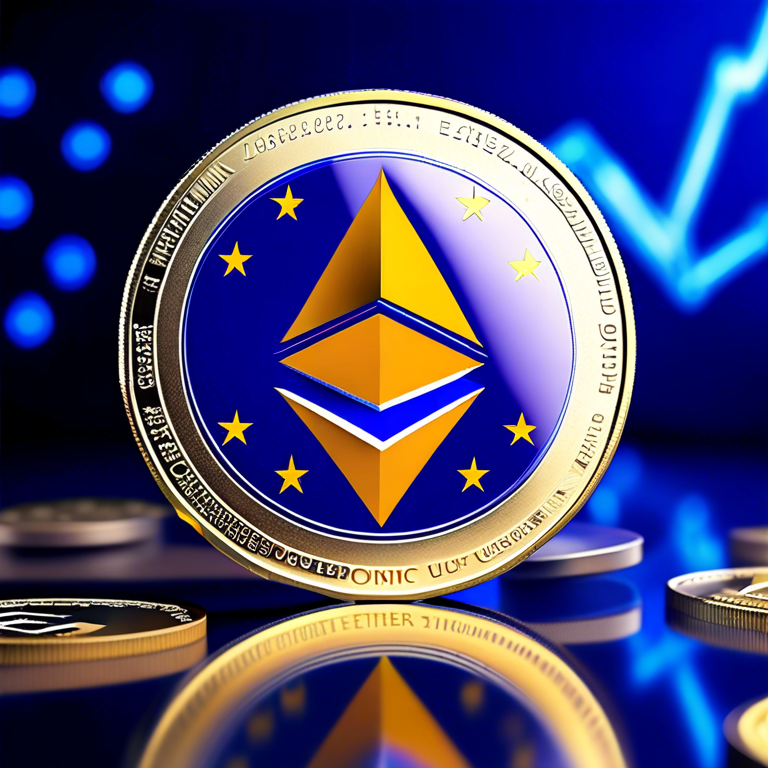The digital currency landscape, particularly Ether, has seen a dynamic evolution, especially when explored within the context of the European Union. This article delves into the nuances of Ether’s performance, price trends, and its growing influence in the EU’s digital economy, providing a comprehensive overview for enthusiasts and investors alike.

Ether’s Market Dynamics
Ether, the native cryptocurrency of the Ethereum blockchain, plays a crucial role in the world of decentralized applications (dApps) and smart contracts. Its unique functionalities have positioned it as a significant player in the cryptocurrency market. When analyzing its price trends within the European Union, several factors come into play, including regulation, market adoption, and technological advancements within the Ethereum network.
The regulatory stance of the European Union on digital currencies has been one of cautious optimism. With discussions around the Markets in Crypto-Assets (MiCA) regulation, there’s a clear intent to establish a framework that ensures both innovation and investor protection. These regulations have a direct impact on the price stability and investor confidence in Ether and other cryptocurrencies.
Market adoption in the EU also contributes significantly to the price dynamics of Ether. The growing interest in DeFi (decentralized finance) projects and NFTs (non-fungible tokens
), which predominantly utilize the Ethereum blockchain, boosts demand for Ether. As European tech companies and startups increasingly integrate blockchain technology into their services, the demand for Ether is expected to rise, potentially influencing its price positively.
Technological Advancements and Price Implications
The Ethereum 2.0 upgrade, which promises increased scalability, security, and sustainability, is a pivotal development that could significantly affect Ether’s price. By transitioning from a proof-of-work to a proof-of-stake mechanism, Ethereum 2.0 aims to reduce gas fees and increase transaction speeds—factors that have previously impacted Ether’s market performance. As the European Union’s digital economy continues to mature, these technological enhancements are keenly watched by investors for their potential to boost Ether’s appeal and value.
Additionally, the interplay between supply and demand plays a crucial role in Ether’s price valuation. The introduction of staking in Ethereum 2.0 could lead to a decrease in the circulating supply of Ether, as more users lock in their tokens to earn rewards, potentially leading to price increases due to the reduced supply.
In conclusion, the price of Ether within the European Union is influenced by a myriad of factors, including regulatory frameworks, market adoption rates, and technological advancements. As the EU continues to navigate its path towards becoming a leading digital economy, the progression of Ether and the broader cryptocurrency market remains a focal point of interest. With Ethereum 2.0 on the horizon, the potential for increased efficiency and adoption could herald a new era of digital finance in Europe, ultimately reflecting on Ether’s market performance and price trajectory.


